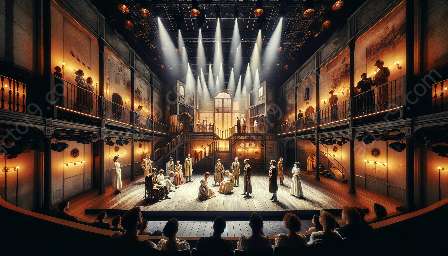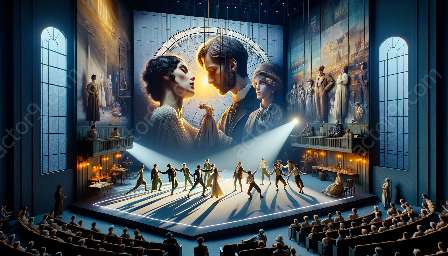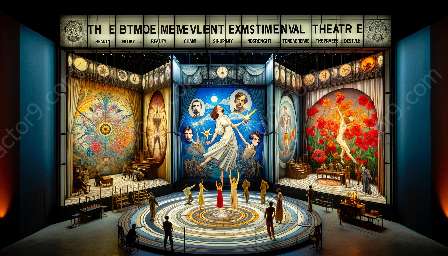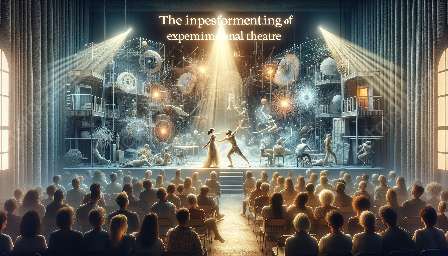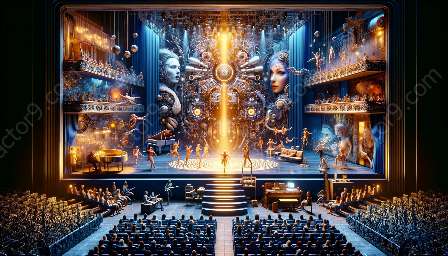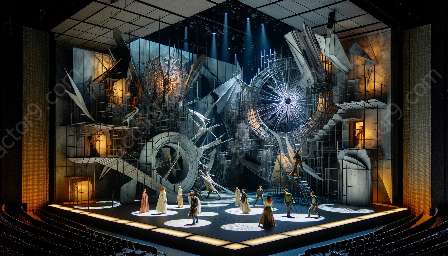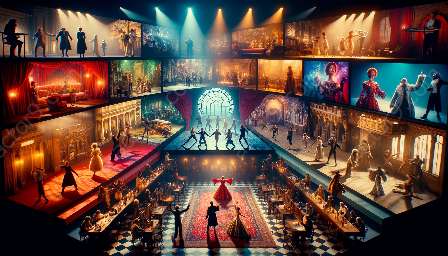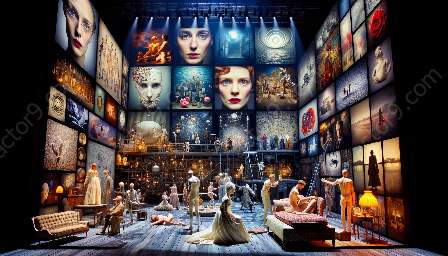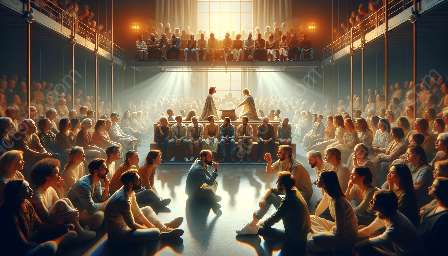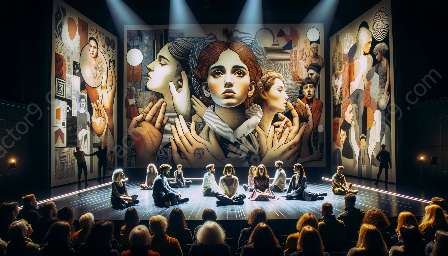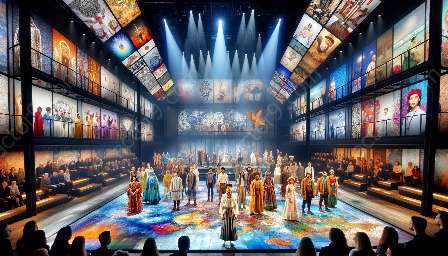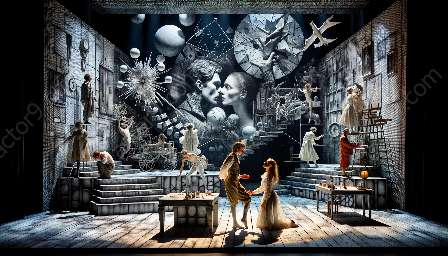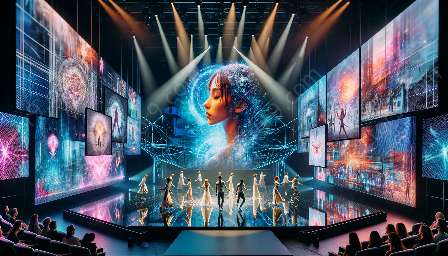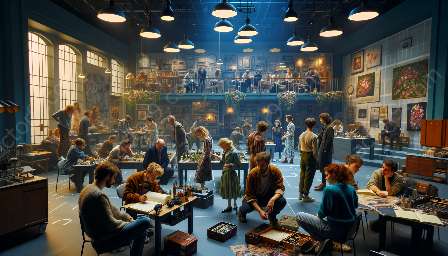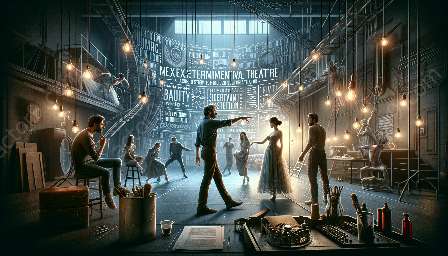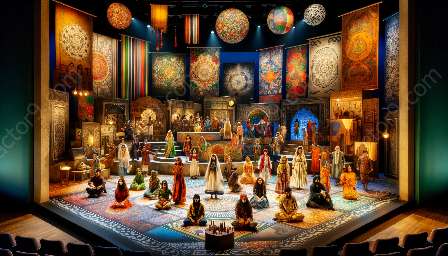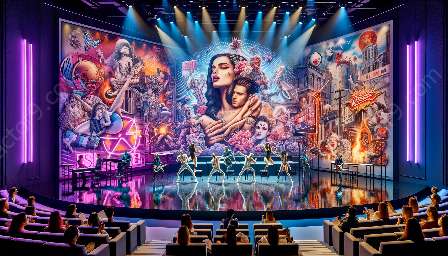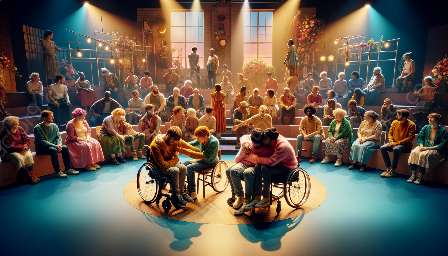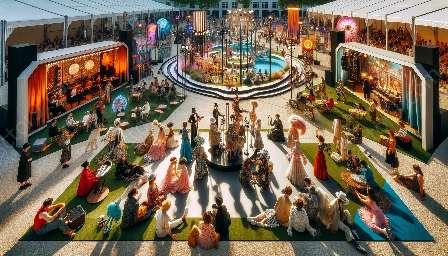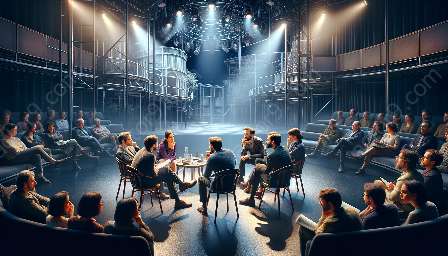Lighting in experimental theatre stage design is a crucial element that significantly impacts the overall production and audience experience. It plays a diverse and critical role, influencing the atmosphere, conveying emotions and meaning, and shaping the audience's perception. This topic cluster explores the importance of lighting in experimental theatre, its relationship to stage design, and its impact on the production. Through a detailed analysis, we'll delve into the various techniques, technologies, and creative considerations that make lighting an integral part of the experimental theatre experience.
1. Atmosphere and Ambiance
Lighting is instrumental in creating and shaping the atmosphere and ambiance of the theatrical space. In experimental theatre, where unconventional themes and narratives are often explored, lighting design becomes a powerful tool for setting the mood and establishing the world of the production. Through strategic placement of light sources, color manipulation, and intensity control, lighting designers can transport the audience into different emotional and psychological states. For example, subtle changes in lighting can evoke feelings of intimacy, tension, or disorientation, enhancing the overall experimental nature of the performance.
2. Conveying Emotions and Meaning
Lighting serves as a visual language that communicates and enhances the emotional and thematic aspects of experimental theatre. By using variations in brightness, color temperature, and movement, lighting designers can express the inner world of characters, emphasize key moments, and symbolize the underlying themes of the production. Experimental theatre often relies on unconventional storytelling and abstract concepts, and lighting design amplifies these elements by establishing non-literal interpretations and visual metaphors. The interplay between light and shadow conveys subtleties and complexities that enrich the audience's understanding and emotional engagement.
3. Shaping Perceptions and Perspectives
The experimental nature of theatre often challenges traditional perspectives and encourages novel ways of viewing reality. Lighting design becomes an essential tool for shaping the audience's perceptions and guiding their engagement with the performance. Through innovative use of lighting, such as unconventional angles, dynamic movements, and immersive environments, experimental theatre productions can offer audiences unique and immersive experiences. Lighting not only illuminates the stage but also manipulates spatial perceptions, blurring the boundaries between the physical and the conceptual. It fosters an environment where the audience is encouraged to question, interpret, and actively participate in the narrative exploration.
4. Technological Innovations and Integration
The advancement of technology has significantly expanded the creative possibilities for lighting in experimental theatre stage design. From programmable LED fixtures to interactive projections and multimedia integration, experimental theatre productions can now harness a wide array of cutting-edge lighting technologies. These innovations enable designers to craft intricate environments, synchronize lighting cues with other production elements, and engage the audience in multi-sensory experiences. In the realm of experimental theatre, the integration of technology with lighting design offers limitless opportunities for creating compelling and immersive visual landscapes.
5. Collaborative Relationship with Stage Design
Lighting design in experimental theatre is closely intertwined with the overall stage design, creating a collaborative relationship that enriches the visual and thematic cohesion of the production. The interaction between lighting, set elements, and spatial dynamics influences the audience's perception of the performance space and narrative context. Through interdisciplinary collaboration, lighting and stage designers can unify their creative visions, utilizing light not only to illuminate but also to sculpt and transform the physical environment. The synergy between lighting and stage design fosters a holistic, multi-dimensional approach that elevates the experimental theatre experience.
6. Audience Engagement and Immersion
Lighting in experimental theatre stimulates audience engagement and immersion by offering dynamic and participatory sensory experiences. By utilizing interactive and immersive lighting installations, experimental productions blur the boundaries between performers and spectators, creating a shared space for exploration and interaction. Lighting not only enhances visual spectacle but also invites the audience to become active participants in the unfolding narrative, reinforcing the experimental nature of the theatrical experience.
Conclusion
Lighting in experimental theatre stage design plays a multifaceted and indispensable role, enriching the production through its influence on atmosphere, emotions, perceptions, and technological integration. Its collaborative relationship with stage design and its capacity to shape audience engagement make lighting a fundamental component of the experimental theatre experience. Through innovative techniques, creative expression, and technological advancements, lighting design continues to push the boundaries of experimental theatre, offering audiences captivating and transcendent visual journeys.

